Microwave Turntable Troubles: | Expert Solutions for Spinning Success
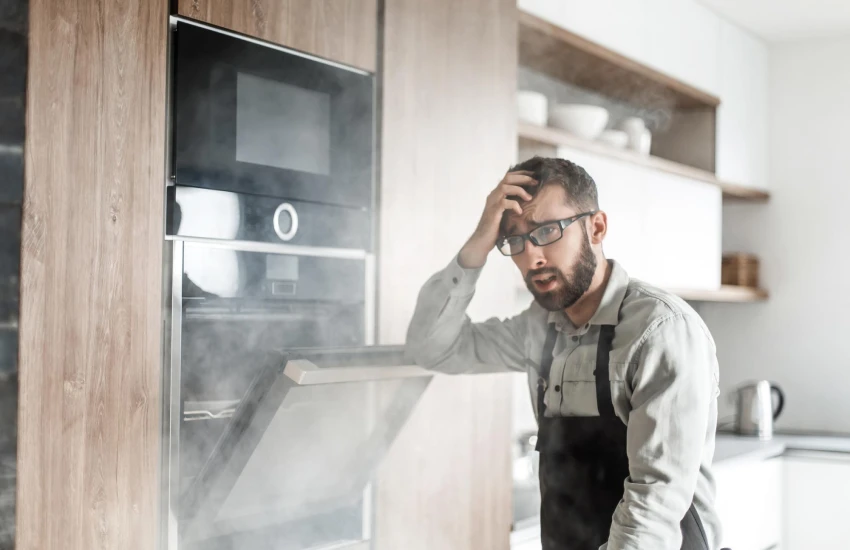
This comprehensive guide addresses common microwave turntable issues, offering step-by-step DIY solutions and expert advice. Learn to diagnose problems, perform simple repairs, and maintain your microwave for optimal performance. For complex issues, trust CLT Appliance Repair for professional assistance.
Microwave Turntable Troubles: Expert Solutions for Spinning Success
Microwaves have become an indispensable part of our kitchens, promising quick and convenient meals. But when that familiar hum is interrupted by a stationary turntable, it can throw a wrench into your culinary plans.
Fear not! This guide will walk you through the ins and outs of microwave turntable issues, empowering you with the knowledge to troubleshoot, repair, and maintain this crucial component.
Your fridge is a kitchen superstar as it keeps all your food fresh and drinks cold.
But does the fridge feel warm when you open it?
Is there water all over the floor?
Fridge issues are the worst!
Understanding Microwave Turntable Mechanics
Before getting deep into repairs, let’s demystify the inner workings of your microwave’s rotating stage. The turntable system consists of several key components:
- Glass tray: The visible platform that holds your food
- Roller guide: A plastic ring that supports the glass tray
- Drive hub: The central spindle connected to the motor
- Coupler: A plastic component that transfers motor power to the drive hub
- Turntable motor: The powerhouse behind the rotation
Understanding these parts is crucial for effective troubleshooting and repair.
Common Causes of Turntable Issues
Several factors can lead to a non-spinning turntable:
- Improper installation of components
- Debris obstructing the roller track
- Worn-out or damaged motor
- Broken coupler
- Malfunctioning control board
Identifying the root cause is the first step towards a solution.
DIY Troubleshooting Steps
Now, let’s roll up our sleeves and tackle some common issues:
Check for Proper Installation
- Ensure the glass tray is correctly seated on the roller guide
- Verify the roller guide is properly positioned on the drive hub
- Remove any visible obstructions
Clean the Microwave Interior
- Remove food debris and spills from the microwave floor
- Thoroughly clean the roller guide and drive hub
Inspect the Drive Coupler
- Remove the glass tray and roller guide
- Check for cracks or wear on the plastic drive coupler
- Replace if necessary
Test the Turntable Motor
- Unplug the microwave and remove the bottom panel
- Locate the turntable motor (usually a small cylinder)
- Use a multimeter to test for continuity across motor terminals
- If there’s no continuity, motor replacement is needed
Replace the Turntable Motor
- Disconnect wiring from the old motor
- Remove mounting screws and extract the old motor
- Install the new motor and reconnect the wiring
- Reassemble and test
Remember, safety first! Always unplug your microwave before attempting any repairs.
Preventive Maintenance Tips
An ounce of prevention is worth a pound of cure. Keep your microwave turntable spinning smoothly with these maintenance tips:
- Clean the microwave interior regularly
- Handle turntable components gently during cleaning
- Avoid overloading the turntable with heavy dishes
By incorporating these simple habits, you can extend the life of your microwave and prevent many common turntable issues.
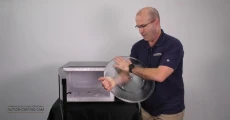
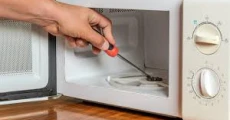
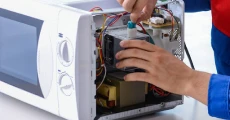
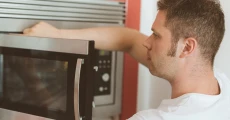
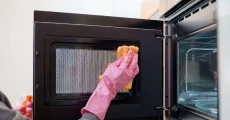
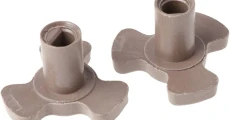
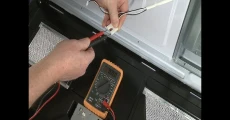
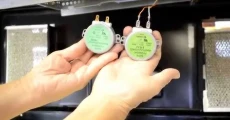
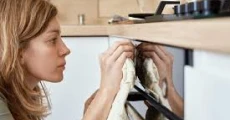

When to Call a Professional?
A non-spinning turntable doesn’t have to spell disaster for your microwave. With the right knowledge and tools, many issues can be resolved at home. While many issues can be resolved with DIY methods, some situations call for expert intervention. Contact CLT Appliance Repair for microwave repair charlotte nc when:
- You’re uncomfortable working with electrical components
- The problem persists after trying the above steps
- Repairs involve high-voltage components (magnetron, capacitor)
Don’t risk your safety or further damage to your appliance. CLT Appliance Repair’s trained technicians have the expertise to handle complex microwave issues safely and efficiently.
FAQs
Common reasons include improper installation, debris in the track, a worn-out motor, a broken coupler, or control board issues. Check for obvious obstructions first, then proceed with more in-depth troubleshooting.
While it’s possible, it’s not recommended. The turntable ensures even heating of food. Using the microwave without it may result in unevenly cooked food and potential safety hazards.
Clean your microwave interior, including the turntable components, at least once a week or immediately after any food spills to prevent buildup and potential issues.
Many turntable issues can be safely addressed by homeowners. However, always unplug the microwave before attempting repairs and avoid working with high-voltage components. When in doubt, consult a professional.
The cost varies depending on the microwave model and whether you DIY or hire a professional. Typically, the part itself ranges from $20 to $50, while professional service may cost $100 to $200.
Don't let a malfunctioning Microwave disrupt your daily life. Contact CLT Appliance Repair today at 704-606-9043 to schedule your oven repair service.
We'll have your Microwave back to optimal performance in no time!
Freezer Repair Indian Land SC | Freezer Repair Indian Trail NC | Freezer Repair Pineville NC | Freezer Repair Rock Hill SC | Freezer Repair Belmont NC | Freezer Repair Matthews NC | Freezer Repair Lancaster SC | Freezer Repair Cornelius NC | Freezer Repair Fort Mill SC | Freezer Repair Concord NC | Freezer Repair Denver NC | Freezer Repair Monroe NC | Freezer Repair Mooresville NC | Freezer Repair Harrisburg NC | Freezer Repair Lake Wylie SC | Freezer Repair Huntersville NC | Freezer Repair Kannapolis NC | Freezer Repair Mint Hill NC | Freezer Repair Waxhaw NC | Freezer Repair Troutman NC | Freezer Repair Davidson NC | Freezer Repair Gastonia NC | Freezer Repair Charlotte NC

